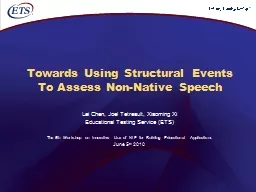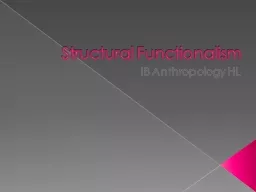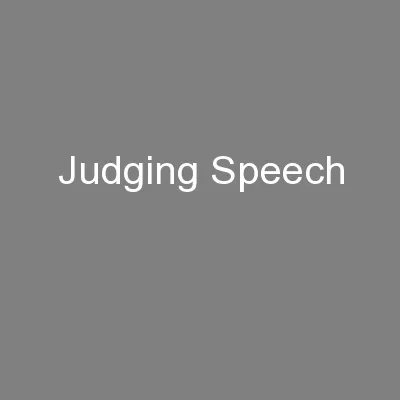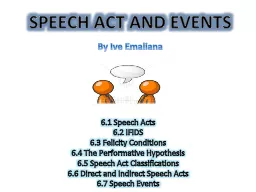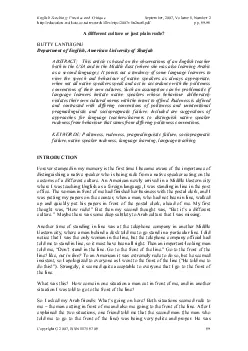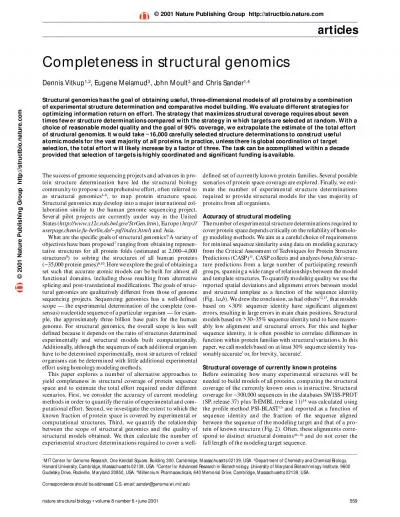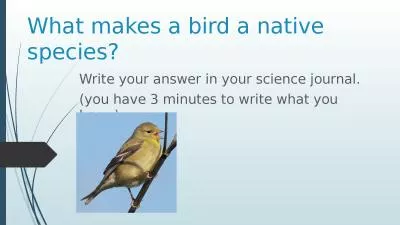PPT-Towards Using Structural Events To Assess Non-Native Speech
Author : widengillette | Published Date : 2020-06-23
Lei Chen Joel Tetreault Xiaoming Xi Educational Testing Service ETS The 5th Workshop on Innovative Use of NLP for Building Educational Applications June 5 th 2010
Presentation Embed Code
Download Presentation
Download Presentation The PPT/PDF document "Towards Using Structural Events To Asses..." is the property of its rightful owner. Permission is granted to download and print the materials on this website for personal, non-commercial use only, and to display it on your personal computer provided you do not modify the materials and that you retain all copyright notices contained in the materials. By downloading content from our website, you accept the terms of this agreement.
Towards Using Structural Events To Assess Non-Native Speech: Transcript
Download Rules Of Document
"Towards Using Structural Events To Assess Non-Native Speech"The content belongs to its owner. You may download and print it for personal use, without modification, and keep all copyright notices. By downloading, you agree to these terms.
Related Documents

